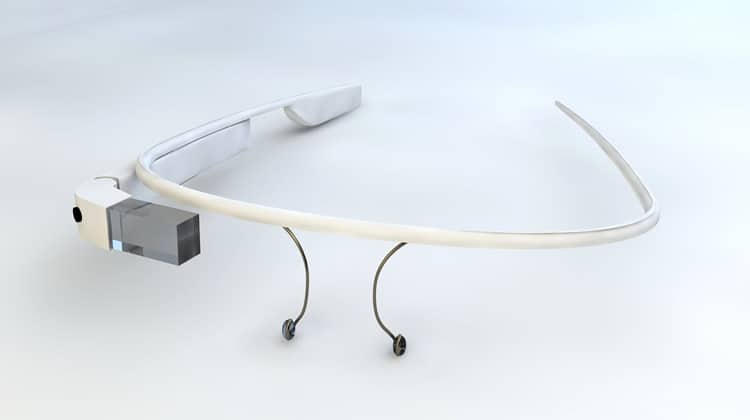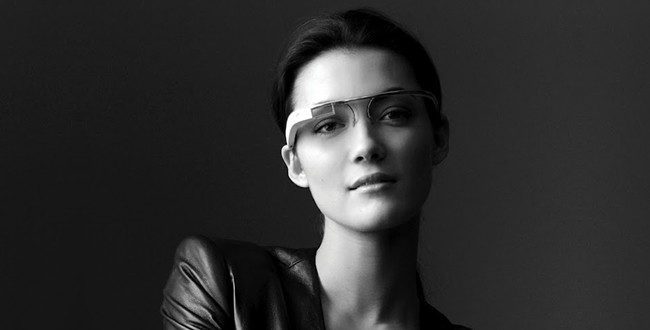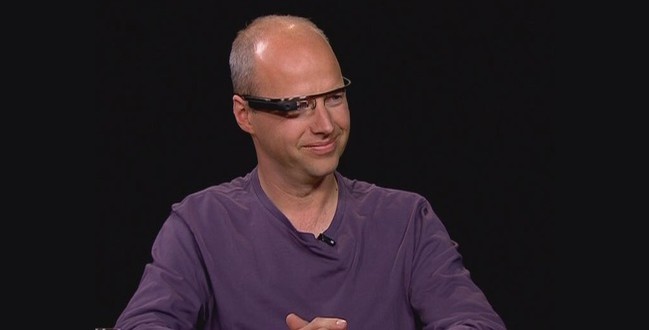
Google made waves on the Internet last month when it unveiled what it is calling Project Glass. The company released some press shots of what the product, Google Glasses, might eventually look like. Resembling a normal pair of glasses in terms of how the user wears them, Google Glasses does not have any lenses. Instead, it has a small tranparent device just over the right eye which serves as a means of displaying information in an overlay manner. Now that the dust generated by the initial furor last month has settled, we sit down and analyze whether Google Glasses is indeed the future of Human Computer Interaction (HCI) and Augmented Reality or just hype.
Project Glass – The YouTube Video
On April 4th 2012, a teaser video was also released to give the world an idea of what using the glasses on a daily basis might be like. The video, which was shot in first-person, depicts an elapsed day of the life of an owner of the glasses. The video’s narrator starts his day by setting up a time to meet with a friend and picks up a book on how to play the ukulele. He plays the instrument for a friend towards the end of the video.
Of course, none of this is particularly noteworthy on its own. The glasses are what makes the video worth watching, as they help to simplify the narrator’s life by providing some useful functions. From the start, the glasses are providing him with information. He receives a calendar alert through the display on the glasses, and looking outside prompts the device to pull up the weather. Other GPS-based features, such as pulling up a map when he finds out the subway service is down, are also highlighted.
The features shown off in the video include:
- Appointment alerts and creation
- Intelligent real-time weather information
- GPS-based features, such as pulling up a map with directions
- Web searches
- Camera functions
- Video chatting
Project Glass – The Facts

- Technology: LCD or AMOLED display, Camera & GPS to get the location, Navigation is enabled by tilting the head to scroll and click, Voice input and output, Android Operating System, Stand alone rather than a smartphone peripheral (although it can still function as a smartphone), Can use a smartphone’s internet connection through Wi-Fi or a low-power Bluetooth 4.0, Communicates directly with the cloud via IP, Probably 1GHz ARM A8 256MB RAM and 8GB Storage
(Source: Seth Weintraub) - Release Date: Google has not announced a release date yet but The New York Times has reported “the glasses will go on sale to the public by the end of the year.” However, Google is apparently unsure if it will have mass-market appeal and so it may be considering making this a pilot program.
(Sources: Seth Weintraub, The New York Times) - Price: According to “several Google employees familiar with the project who asked not to be named,” the glasses are expected “to cost around the price of current smartphones.” The New York Times estimates the price to range from $250 to $600.
(Source: The New York Times) - Competition: Apple are rumoured to be working on a form of wearable computer. The company filed a patent in 2008 for a head-mounted display system that showed glasses with screens. Motorola also sells a head-mounted display device aimed at business use called the Golden-I, with the screen on an arm that hangs in front of the wearer’s face. However, Google is way ahead beause of the employees employed within Google X – most notably Richard W. DeVaul (former Apple engineer who specializes in wearable computers and now a Rapid Evaluator with Google X) and Babak Parviz (associate professor at the University of Washington, specializes in bio-nanotechnology)
(Source: The New York Times)
Project Glass – My View
Most of the features shown off in the Project Glass video overlap with what smartphones do already. The difference, obviously, is in the hands-free nature of the glasses as well as the augmented reality offered by them. Thus, they can become a reality in the not-so-distant future
However, it seems unlikely that they would completely replace the smartphone, since some functionalities such as playing games, for instance, would be made more difficult without the use of a handheld device. Project Glass does have the potential to be a very useful complement to smartphones, though.
Although the video shows off a lot of exciting new features, it is still mostly just a teaser. While most of the functions are voice controlled, it is unclear how users of the glasses would access certain functions. The video itself contains certain anomalies. For instance, at one point, the film’s narrator looks outside a window and the weather appears automatically on the display. Is this something that would happen every time users look at the sky, or is this triggered somehow?
There may or may not be a lengthy wait to have these questions answered. It is difficult to gauge how far along Google is in the development of Project Glass. No release date or other potential information has been released about the glasses, but Google’s co-founder, Sergey Brin, was spotted wearing the device at a recent event.

Even, more recently, the head of Google X Sebastian Thrun appeared on The Charlie Rose Show to talk about Google Glasses, while wearing a pair himself. The fact that there is a working prototype in the wild suggests that the project may be close to hitting the market, but the lack of concrete details also implies that they are nowhere near being ready for mass consumption. Hopefully Google will have some answers in the coming weeks, as they’ve ignited endless discussion and excitement for the glasses.
Want to learn more?
Want to get an industry-recognized Course Certificate in UX Design, Design Thinking, UI Design, or another related design topic? Online UX courses from the Interaction Design Foundation can provide you with industry-relevant skills to advance your UX career. For example, Design Thinking, Become a UX Designer from Scratch, Conducting Usability Testing or User Research – Methods and Best Practices are some of the most popular courses. Good luck on your learning journey!
(Lead image: Depositphotos)
